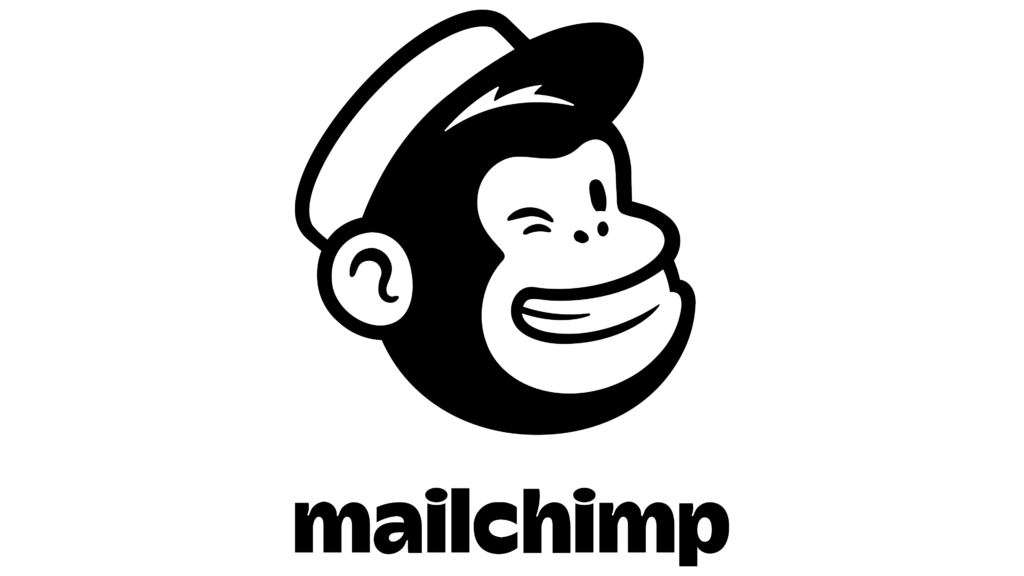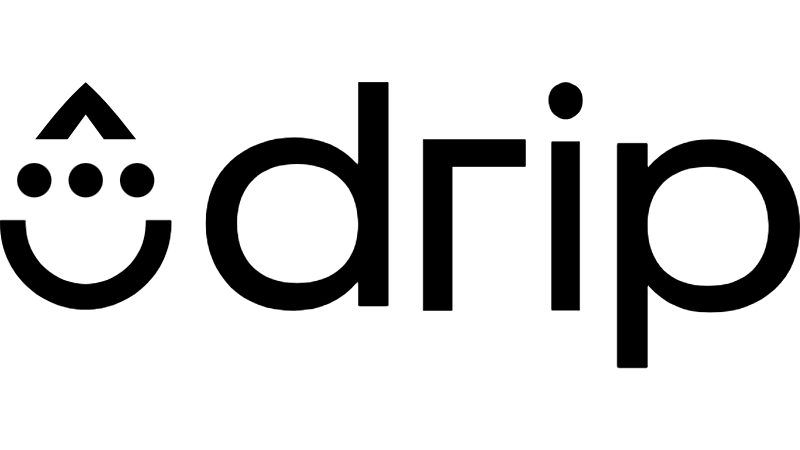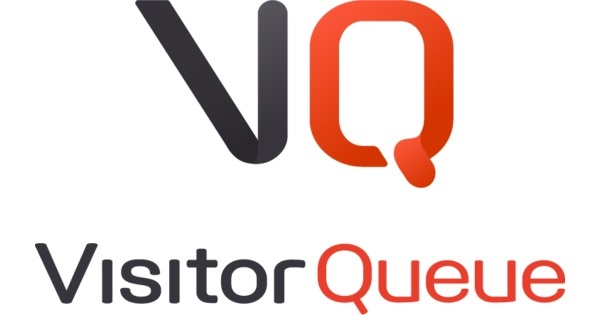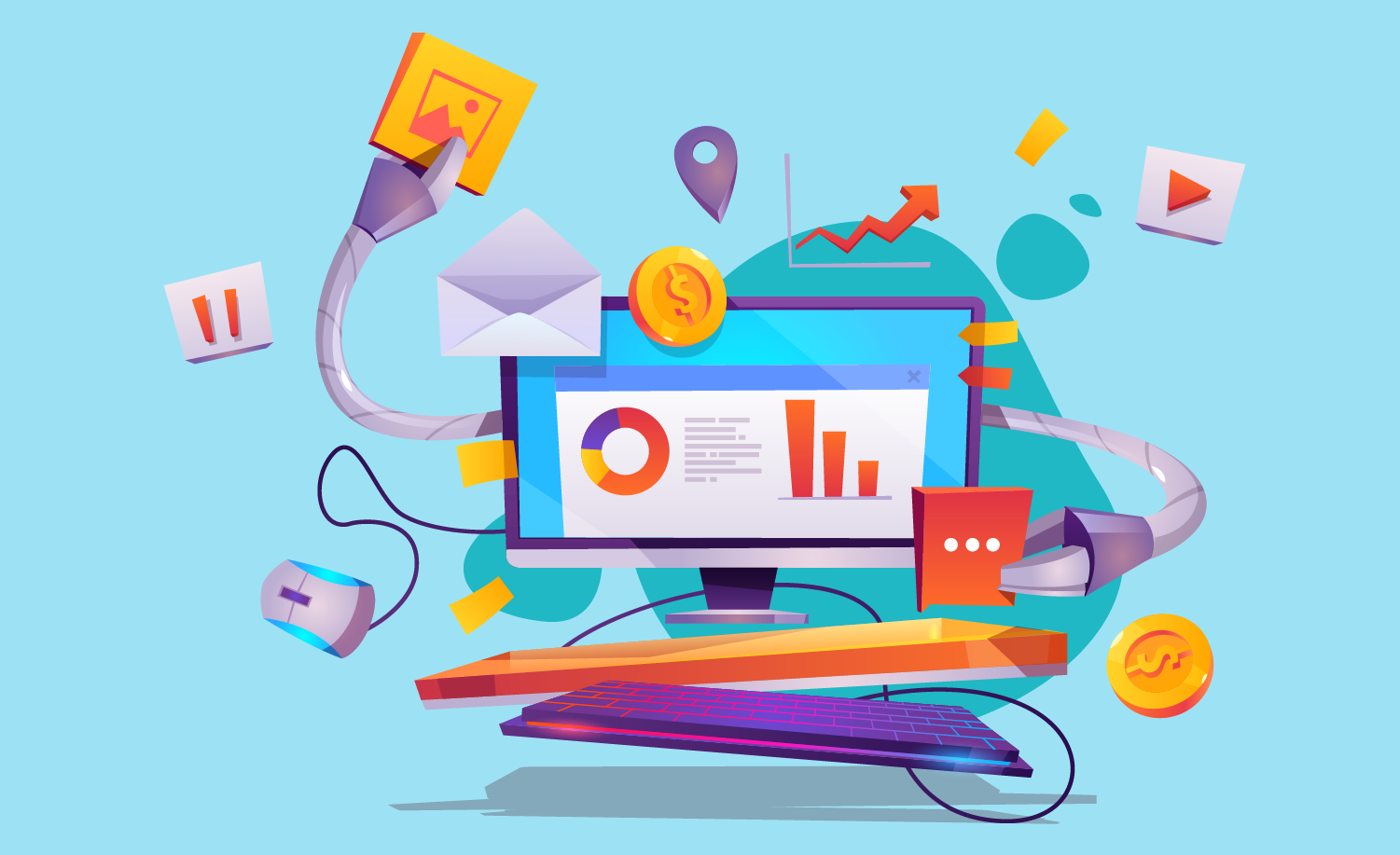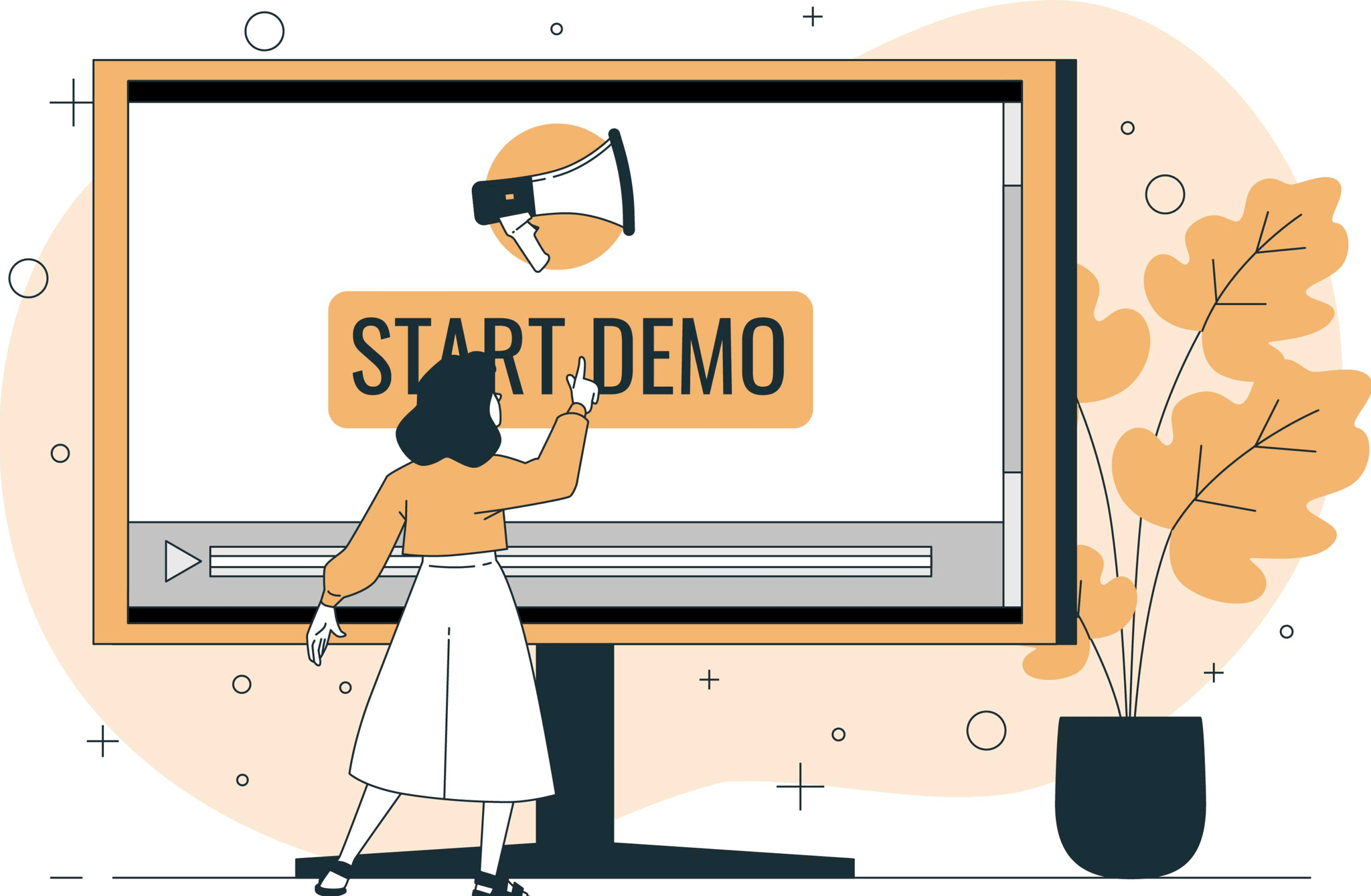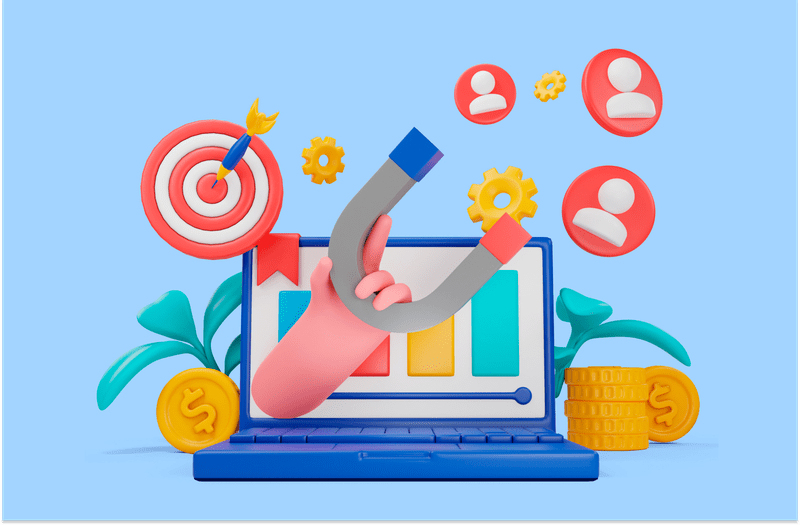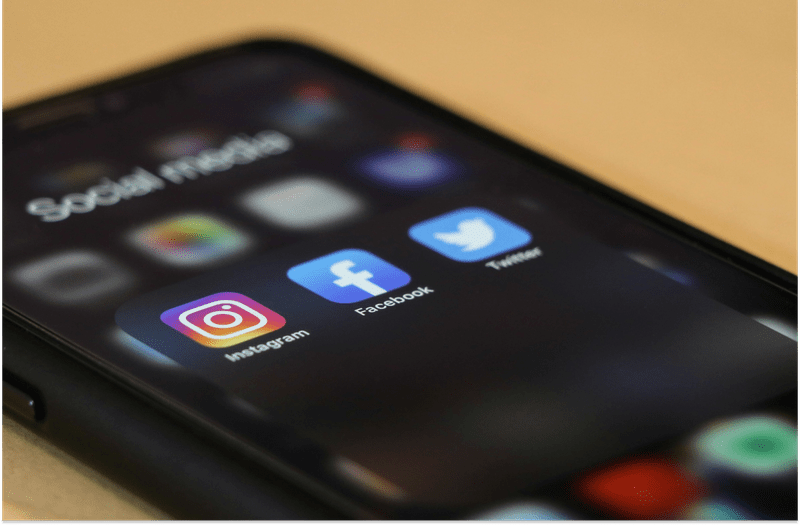The world of email marketing is endless, and it can be hard to decide what your email marketing strategy should be. From sales and promotions to follow-ups and newsletters, there are countless guidelines that go into crafting the perfect email. Lucky for you, we have put together a list of best practices, with examples, to secure more leads! Keep reading to find out the best tips and tricks to enhance your email marketing strategy.
Where Do I Start?
The first step in email marketing is to have a list of your client’s or subscriber’s emails! This might be easier said than done. If you don’t have an extensive list of emails, there are software tools that can help you find someone’s email address. Once you have done this, you are ready to start drafting your emails.
Segment
A great place to start is dividing your email list into smaller, more targeted groups. This is important because your subscribers will only want to receive emails that are the most relevant to them. Sending relevant updates will help your click through rate and opening rate, which will ultimately lead to more conversions!
To do this, you can ask your subscribers questions when they are signing up. Then, use this information to put them into relevant groups. A few examples of segments are geography, time of last purchase, the amount they spend, how often they want to receive emails, etc. You can also use a CRM software, like Hubspot, to help you organize your lists. With a CRM, you will be able to segment them into specific departments, salespeople, and more.
Decide on the Type of Email
There are four types of marketing emails. Everyone has heard of newsletters, but it doesn’t stop there. In order to see the most success, you will want to ensure you are using the right type of email.
- Lead Nurturing: Lead nurturing is the least used form of email marketing. It can take a lot of time to lead customers through the sales cycle. By implementing lead nurturing, it will help guide customers through. This email should be short, exciting, and with high quality content.
- Promotional Emails: Promotional emails can be difficult because if they are done wrong, people may unsubscribe. The only time you should use this is if you are running a sale, you have a new product, or an upcoming event. But, make sure you don’t send them too often!
- Informational Emails: This type of email is usually short and to the point. Most of the time it requires no action by the receiver. It is useful to build a reputation and brand awareness. Examples of this type would be happy birthday, milestones, anniversaries, etc.
- Educational Emails: Educational emails are often popular because they help to answer questions they may have. If you have new content, a blog, etc, they can be included in this type of email.
Personalization
Your customers are not all the same, so why send them all the same email? Personalized emails help your emails stand out and will improve your opening rates. It is more than addressing them by their name, it’s about addressing their specific needs. Customer anniversaries, birthday wishes (may include a discount), and holidays are all great themes you can use and will show the customer that you value your relationship with them. Here are some examples of personalized emails:
Happy Birthday, [Insert Name]!
~ [Insert Name],
Happy birthday from the [your business] team. Please enjoy 10% off your service this month to celebrate you!
We hope you have a wonderful day,
[Insert Signature] ~
A happy birthday email is sincere since you are not trying to sell them anything. It will also make your client smile, which is always a win!
A/B Testing
A/B testing refers to sending two different emails and then analyzing which one has the best outcome. These emails should contain similar content, sent to the same subscribers and a few weeks apart. This way, you can determine what your customers are more likely to engage with. For example, you can try using different subject lines, and see which subject line has the higher number of opens:
- “Shop Now” vs “Shop the Sale”
- “New in” vs “What’s New”
- “Almost Over! [Promotion]” vs “Only a Few Hours Left!”
This marketing strategy is a lot of trial and error, so don’t get discouraged if you are not seeing a lot of return on certain campaigns – that’s the point! If you don’t know where to start, you can use an email software, like Mailchimp, that will guide you through the A/B testing process. Mailchimp also has great analytics, making it easier to see what campaign does the best.
Call to Action
Every email you send should have a relevant call to action. The call to action should be included at the end of your email and can include offers, sales, and generate website traffic. An easy way to remember this is the 80-20 rule. 80% of the email should contain educational content like industry news, business updates (hours of operation changes, new team members, etc) and, blog content. 20% of the email should then contain promotions (sales, discounts, social media plugs, etc). This is what your call to action will fall under. Additionally, try not to have too many links or calls to action, so your email feels more genuine.
Follow-Up
Following up with your prospects is so important because it can make or break a deal. To start, you will need a CRM software to prevent duplicate emails from being sent to your customers. The CRM software will help you track where your customer is in your sales cycle. Then, and when the customers reach a certain point (reminders, renewals, reviews, etc), an email will be sent. Check out our article The Best Sales Follow Up Emails for 2021 to get a more in-depth understanding of follow-up emails!
Are You Ready For A Follow-up?
~ [Insert Name],
I am writing to thank you for your time the other day and to find out how you would like to move forward with our conversation.
Please let me know if you have any questions or concerns.
[Insert Signature] ~
In the body of the email, include information specific to your meeting. For example, if the client had questions or hesitations about your product, restate your answer. By adding more personal details, they will feel more comfortable and trusting, which means they are more likely to convert!
Mailchimp
Mailchimp offers all of the CRM tools that a small business would need. But, they are most well known for email marketing. Mailchimp is easy to use, reliable, and offers a variety of plans that are based on your needs. They offer templates or you can build your own email from scratch. You are also able to do A/B testing so you can play around with headlines, content, etc. Plus, their customer support is amazing!
Drip
Drip is an email marketing automation platform built for e-commerce. Email, SMS and 3rd party integrations are all accessible to help drive revenue for your business. With their email marketing strategy, they pride themselves on turning shoppers into loyalists. Like Mailchimp, they have templates you can simply place your information in, or you can build your own. The pricing plans are based on the size of your email list.
Visitor Queue
Now that you know how to email your current clients, what do you do when they are all satisfied? That’s where Visitor Queue can help. Visitor Queue is a lead generation software that can identify the potential clients who are visiting your website and provide you with their contact information including email, phone number, and social media links. Visitor Queue is a great tool to find new leads, but also identify your current clients who may visit your website if they have questions (another great opportunity to email them!). In addition, Visitor Queue can integrate with the two email software tools mentioned above, so you can send the right email to your leads.
Wrap Up
Every business will need a different email marketing strategy. Email marketing tends to have a lot of trial and error, so you just need to find what works best for you and your business goals! If you are new to the world of email marketing, I would suggest using an email software like Mailchimp and integrating it with a lead generation software like Visitor Queue. By doing this, you will be able to reach out to your current and potential clients and send them personalized emails based on their specific needs. If you have any questions about integrating your CRM or email software with Visitor Queue, do not hesitate to reach out!
 Identify
Identify Personalize
Personalize Benchmark
Benchmark Agencies
Agencies Integrations
Integrations Case Studies
Case Studies Use Cases
Use Cases Blog
Blog Resources
Resources
